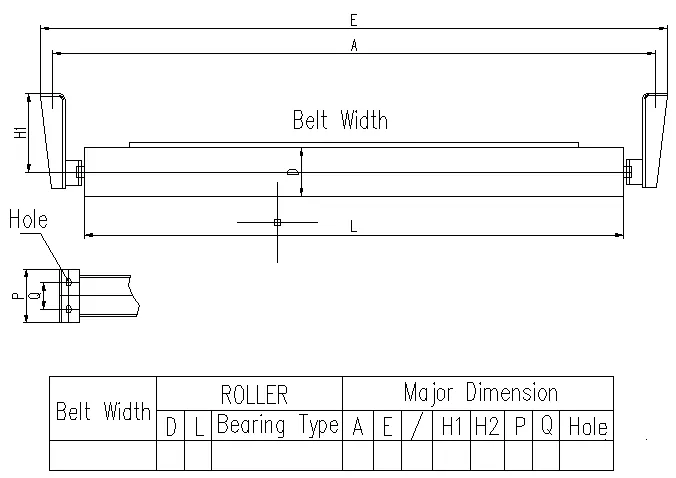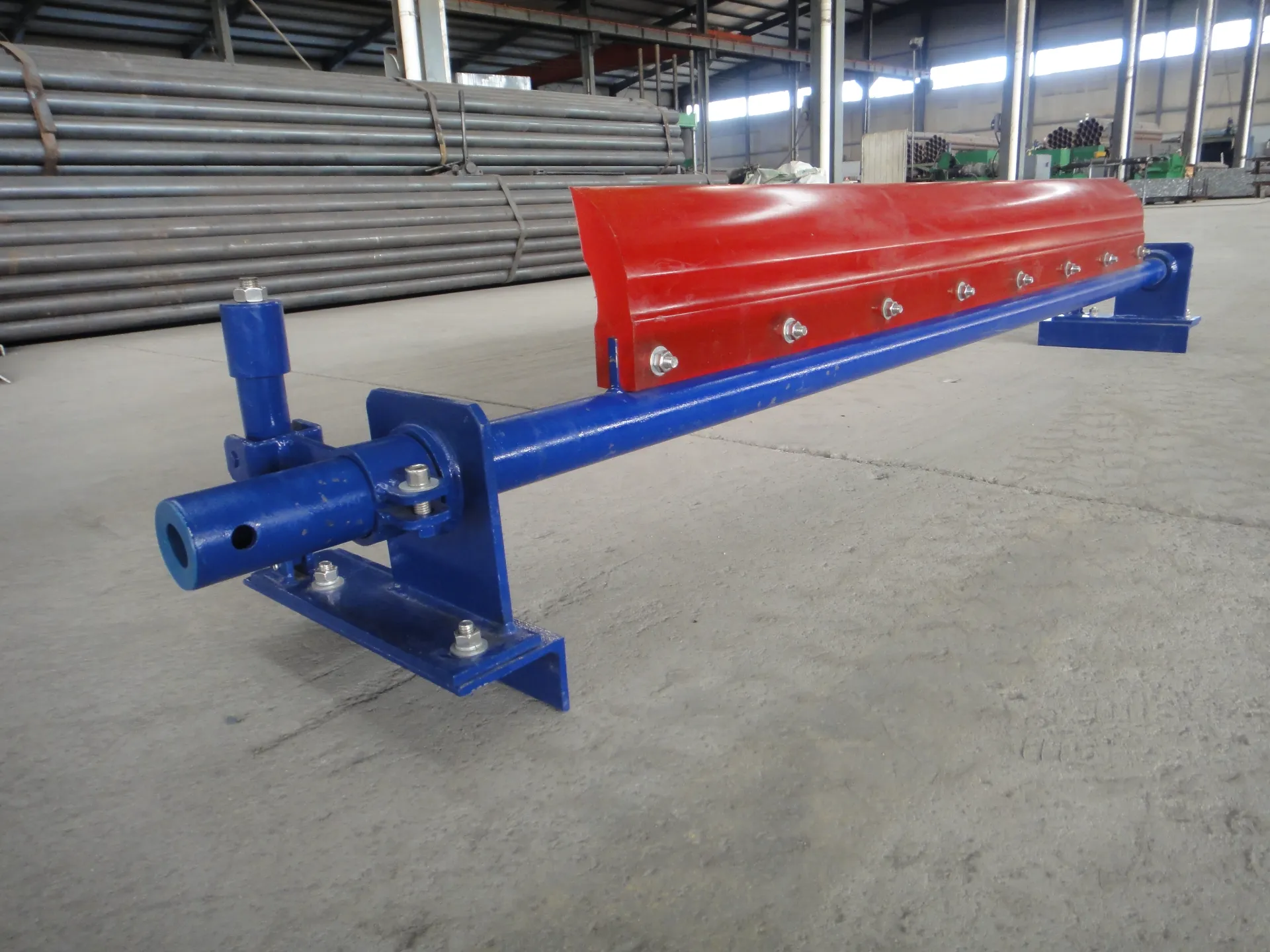 Afrikaans
Afrikaans  Albanian
Albanian  Amharic
Amharic  Arabic
Arabic  Armenian
Armenian  Azerbaijani
Azerbaijani  Basque
Basque  Belarusian
Belarusian  Bengali
Bengali  Bosnian
Bosnian  Bulgarian
Bulgarian  Catalan
Catalan  Cebuano
Cebuano  Corsican
Corsican  Croatian
Croatian  Czech
Czech  Danish
Danish  Dutch
Dutch  English
English  Esperanto
Esperanto  Estonian
Estonian  Finnish
Finnish  French
French  Frisian
Frisian  Galician
Galician  Georgian
Georgian  German
German  Greek
Greek  Gujarati
Gujarati  Haitian Creole
Haitian Creole  hausa
hausa  hawaiian
hawaiian  Hebrew
Hebrew  Hindi
Hindi  Miao
Miao  Hungarian
Hungarian  Icelandic
Icelandic  igbo
igbo  Indonesian
Indonesian  irish
irish  Italian
Italian  Japanese
Japanese  Javanese
Javanese  Kannada
Kannada  kazakh
kazakh  Khmer
Khmer  Rwandese
Rwandese  Korean
Korean  Kurdish
Kurdish  Kyrgyz
Kyrgyz  Lao
Lao  Latin
Latin  Latvian
Latvian  Lithuanian
Lithuanian  Luxembourgish
Luxembourgish  Macedonian
Macedonian  Malgashi
Malgashi  Malay
Malay  Malayalam
Malayalam  Maltese
Maltese  Maori
Maori  Marathi
Marathi  Mongolian
Mongolian  Myanmar
Myanmar  Nepali
Nepali  Norwegian
Norwegian  Norwegian
Norwegian  Occitan
Occitan  Pashto
Pashto  Persian
Persian  Polish
Polish  Portuguese
Portuguese  Punjabi
Punjabi  Romanian
Romanian  Russian
Russian  Samoan
Samoan  Scottish Gaelic
Scottish Gaelic  Serbian
Serbian  Sesotho
Sesotho  Shona
Shona  Sindhi
Sindhi  Sinhala
Sinhala  Slovak
Slovak  Slovenian
Slovenian  Somali
Somali  Spanish
Spanish  Sundanese
Sundanese  Swahili
Swahili  Swedish
Swedish  Tagalog
Tagalog  Tajik
Tajik  Tamil
Tamil  Tatar
Tatar  Telugu
Telugu  Thai
Thai  Turkish
Turkish  Turkmen
Turkmen  Ukrainian
Ukrainian  Urdu
Urdu  Uighur
Uighur  Uzbek
Uzbek  Vietnamese
Vietnamese  Welsh
Welsh  Bantu
Bantu  Yiddish
Yiddish  Yoruba
Yoruba  Zulu
Zulu Essential Conveyor System Components High-Efficiency Parts
- Introduction to Conveyor System Components
- Critical Elements Driving Efficiency
- Technical Advantages Over Traditional Systems
- Manufacturer Comparison: Key Metrics
- Customization for Industry-Specific Needs
- Real-World Applications & Success Stories
- Future Trends in Conveyor Component Innovation

(components of a conveyor system)
Understanding the Backbone of Modern Material Handling
Conveyor systems form the lifeline of industrial operations, integrating mechanical and technological components to optimize workflows. The components of a conveyor system
include belts, rollers, motors, pulleys, frames, sensors, and control systems. Each element plays a distinct role in ensuring seamless material transport. For instance, high-tensile belts reduce slippage by 22%, while IoT-enabled sensors cut downtime by 37% through predictive maintenance.
Critical Elements Driving Efficiency
Modern systems prioritize modular designs, allowing rapid reconfiguration. Rollers with anti-corrosion coatings extend service life by 50% in harsh environments. Variable frequency drives (VFDs) adjust motor speeds dynamically, slashing energy consumption by 18%. These innovations directly address pain points like operational costs and scalability.
Technical Advantages Over Traditional Systems
Advanced conveyor system components outperform legacy setups in three key areas:
- Precision: Automated tracking sensors reduce product misalignment by 90%.
- Durability: Carbon-fiber reinforced belts withstand temperatures up to 400°F.
- Integration: API-ready controls sync with ERP systems, boosting data accuracy by 65%.
Manufacturer Comparison: Key Metrics
| Brand | Max Load (kg/m) | Speed (m/s) | Energy Use (kWh) | Maintenance Interval |
|---|---|---|---|---|
| AlphaTech | 120 | 2.5 | 8.2 | 1,200 hrs |
| BetaDynamics | 150 | 3.0 | 7.5 | 1,500 hrs |
| GammaCore | 180 | 2.8 | 9.1 | 900 hrs |
Customization for Industry-Specific Needs
Tailored solutions dominate sectors like automotive and pharmaceuticals. For example:
- Food-grade belts with USDA certification reduce contamination risks by 99%.
- Explosion-proof motors meet ATEX standards for chemical plants.
- Magnetic rollers separate metals in recycling facilities, achieving 98% purity.
Real-World Applications & Success Stories
A leading automotive manufacturer reduced assembly line bottlenecks by 40% using sensor-driven conveyors. In contrast, a mining operator boosted ore throughput by 28% after upgrading to wear-resistant pulley systems. These cases underscore the ROI potential of optimized components.
Innovating the Components of Conveyor Systems
The next frontier includes AI-powered anomaly detection (cutting repair costs by 33%) and self-lubricating bearings that eliminate manual servicing. As Industry 4.0 reshapes manufacturing, conveyor system components will increasingly merge physical durability with digital intelligence.

(components of a conveyor system)
FAQS on components of a conveyor system
Q: What are the main components of a conveyor system?
A: The primary components include the belt/chain, rollers/pulleys, drive motor, frame, and idlers. These parts work together to transport materials efficiently. Additional components like sensors or guards may be added for safety and automation.
Q: How do conveyor system components ensure smooth material handling?
A: Rollers and pulleys reduce friction for seamless movement, while the drive motor provides consistent power. Proper alignment of the belt and tensioning systems also minimizes operational disruptions.
Q: Which conveyor system components require regular maintenance?
A: Belts/chains, rollers, and bearings need frequent inspection for wear and tear. Lubricating moving parts and checking motor performance are critical to avoid breakdowns. Cleaning debris from the frame also prolongs system life.
Q: What role do idlers play in conveyor system components?
A: Idlers support the belt and maintain its shape during material transport. They reduce sagging and misalignment, ensuring stable operation. Their spacing depends on the belt’s load capacity and material type.
Q: Can conveyor system components be customized for specific industries?
A: Yes, components like belts (e.g., heat-resistant or food-grade) and frames (stainless steel or modular designs) can be tailored. Drive systems and sensors may also be adjusted for speed, precision, or hazardous environments.
-
Revolutionizing Conveyor Reliability with Advanced Rubber Lagging PulleysNewsJul.22,2025
-
Powering Precision and Durability with Expert Manufacturers of Conveyor ComponentsNewsJul.22,2025
-
Optimizing Conveyor Systems with Advanced Conveyor AccessoriesNewsJul.22,2025
-
Maximize Conveyor Efficiency with Quality Conveyor Idler PulleysNewsJul.22,2025
-
Future-Proof Your Conveyor System with High-Performance Polyurethane RollerNewsJul.22,2025
-
Driving Efficiency Forward with Quality Idlers and RollersNewsJul.22,2025





























